“When I was born on March 1, 1873… although my parents didn’t want to confuse me with this distant name… ‘Omar’, they moved it to second place so that I could, if I wished, replace it with (A) [5] in the Latin letter… The inheritance that came to me on this lamentation only served to awaken my curiosity about that ancient godfather, and at the age of fifteen I began to read everything related to him… and I learned to see in the letter (A)… nothing but the indelible residue of my father’s boyish imprudence, until an encounter brought me back to my passion and directed my life resolutely in the footsteps of Khayyam.” The details of this novel begin from these beginnings, which, along with its author’s insistence on investigating the biography of Omar Khayyam, enabled him to obtain this manuscript. From its folds, Amin Maalouf wove a captivating narrative weave, from imagination soaring in the atmosphere of the historical manuscript to shed light on the events of that period chronicled by Omar Khayyam, which were passed down from father to son by the library’s caretakers in Alamut. Through this, we were able to learn about the influence of Khayyam after his death on the transformation that befell the Assassins… and to become acquainted with the Rubaiyat of Khayyam, after it had become impossible in the absence of the manuscript, as hundreds of forged quatrains and “Rubaiyat of Khayyam” had become mingled. This is Samarkand, which traveled with Benjamin A. Lesage in a manuscript he snatched from his birthplace, Asia, and sailed in his luggage on board the Titanic… on his eternal journey… to sink into the embrace of time… and to be present, after a while, with its lines, in the hands of a saturated imagination that clothed it in garments, so it became the Samarkand of Khayyam. Present in our minds… and after… The Rubaiyat of Omar Khayyam on the Titanic: “The Flower of the East Carried by the Flower of the West… If only you could see, O Khayyam, the sweet moment we are destined to live.”
save
د.ا0.50Samarkand
د.ا12.00د.ا12.50
A historical novel that narrates the life of Omar Khayyam in a literary form that blends reality and myth.
Available on backorder
You may also like…
-
Ibn Battuta’s Travels entitled The Masterpiece of the Observers of the Marvelous Cities
د.ا9.50Ibn Battuta’s Travels is a detailed account of Ibn Battuta’s observations and travels throughout the world during the fourteenth century.
د.ا10.00 -
The Journey of Ibn Fatouma
د.ا6.00A symbolic novel that explores a philosophical quest for the ideal city, reflecting reflections on civilizations, humanity, and values.
-
The Journey to Andalusia
د.ا6.00The book describes the author’s observations during his trip to Andalusia, documenting its Islamic monuments and cultural history.
د.ا6.50 -
Ibn Jubayr’s Journey also known as the treatise I’tibar al-Nasik fi Dhikr al-Athar al-Karimah wa al-Manasik The Consideration of the Ascetic in Mentioning the Noble Traditions and Rituals
د.ا6.50This book describes Ibn Jubayr’s journey to the holy sites and his observations in the Hijaz during the twelfth century CE.
د.ا7.00

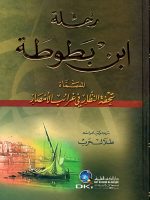
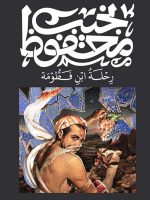
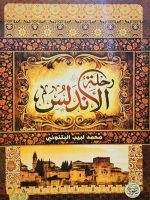



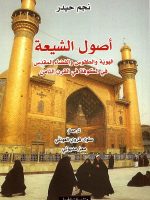



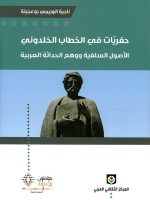
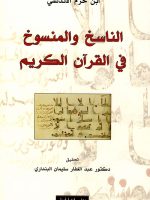
Be the first to review “Samarkand”